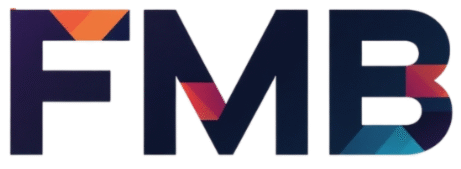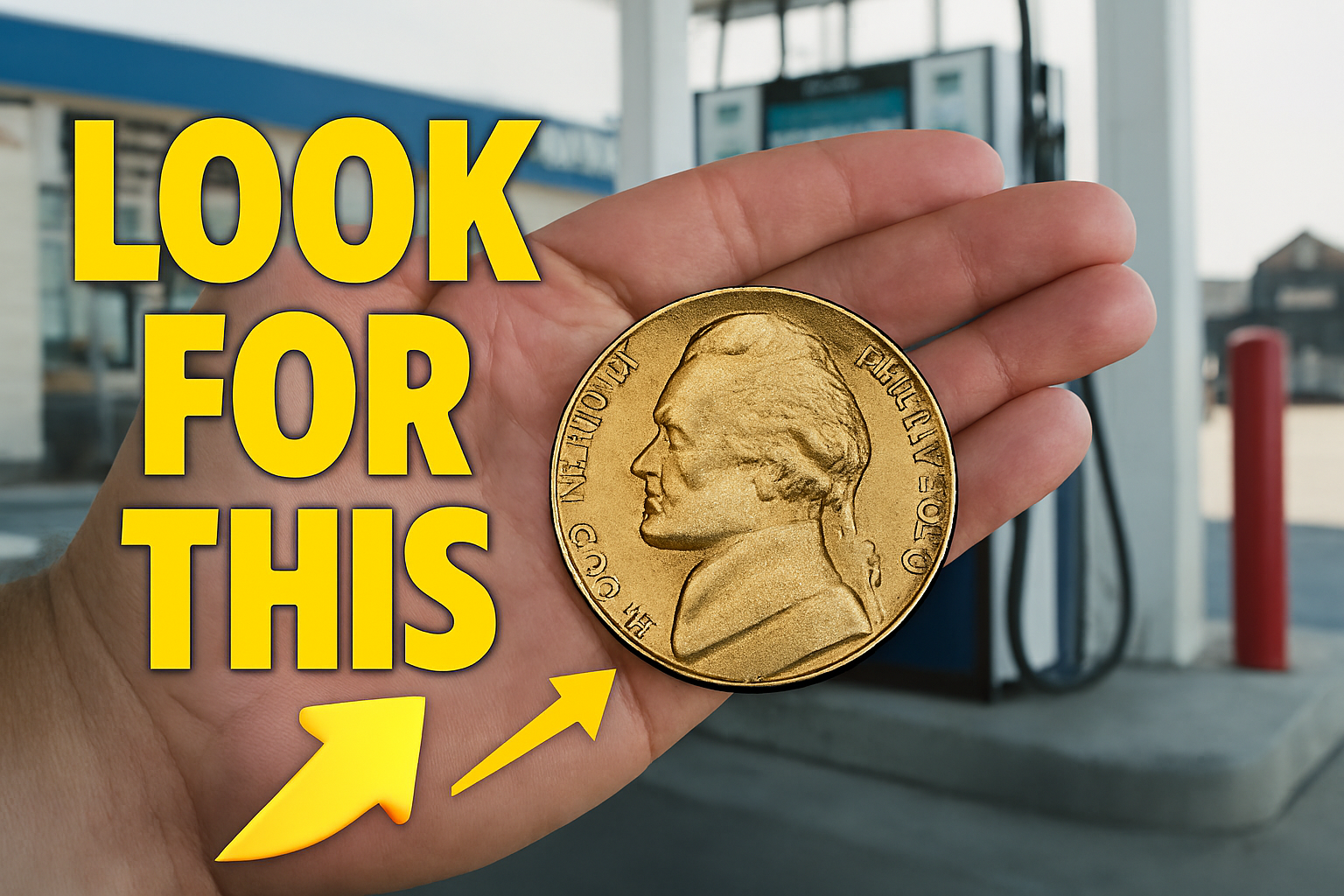Sometimes, life-changing moments come when you least expect them — even in the form of loose change at a gas station. That’s exactly what happened to me when I received a Jefferson nickel that turned out to be so rare and valuable, it transformed my financial situation overnight.
An Ordinary Day Turns Extraordinary
It was just another routine stop at a small-town gas station. I paid for my fuel and grabbed a coffee, handing over a few crumpled bills. The cashier handed me my change — nothing unusual, or so I thought.
As I walked back to my car, one coin caught my eye. It was a Jefferson nickel, but something about it looked… different. The date seemed unusual, and the metal had a unique tone.
What Made This Nickel Special?
Later that evening, curiosity got the better of me. I searched online for the coin’s details, and what I discovered left me speechless: I was holding a rare Jefferson nickel, one of only a handful known to exist.
This particular nickel had a minting error and was struck in an unusual alloy, making it a collector’s dream. Coins like this are rarely found in circulation — most are locked away in private collections or museums.
The Life-Changing Value
After confirming its rarity with a professional coin grading service, I was stunned by its market value. Collectors were willing to pay a five-figure sum for it — more than enough to pay off lingering debts, boost my savings, and give me a financial safety net I never thought possible.
How to Spot a Valuable Jefferson Nickel
If you want to try your luck, here’s what to look for in your change:
- Key Dates: 1938, 1939, 1950-D, and wartime silver nickels (1942–1945).
- Mint Marks: Look for unusual or missing marks.
- Errors: Off-center strikes, double dies, or wrong-metal planchets.
- Metal Composition: Some wartime nickels contain silver, making them more valuable.
- Condition: Mint-state coins can multiply in value.
Why Rare Coins Appear in Everyday Change
While most rare coins are held by collectors, it’s not impossible for them to end up in circulation — sometimes through inheritance, estate sales, or people simply not realizing their worth. That’s why checking your change is always worth the effort.
Turning Coin Hunting into a Hobby
Finding this Jefferson nickel inspired me to start collecting coins as a hobby. I now check every piece of change I receive, visit coin shows, and even buy coin rolls from banks to search for hidden treasures.
It’s not just about the potential financial gain — it’s the thrill of uncovering history in the palm of your hand.
Overview Table
| Feature | Common Jefferson Nickel | Rare Valuable Jefferson Nickel |
|---|---|---|
| Year | 1938–present | Key dates like 1939, 1950-D, wartime silver |
| Metal | Copper-Nickel | Silver or unique alloy errors |
| Value | $0.05 | Hundreds to tens of thousands of dollars |
| Condition | Circulated | Mint-state or proof |
| Rarity | Common | Extremely rare |
FAQs
Q1: Are all old Jefferson nickels valuable?
A: No, only specific dates, errors, and mint conditions make them worth more than face value.
Q2: How can I check if my nickel is rare?
A: Look for unique dates, mint marks, unusual colors, and have it appraised by a coin expert.
Q3: Where can I sell a rare nickel?
A: Reputable coin dealers, auctions, or online numismatic marketplaces are the best options.

